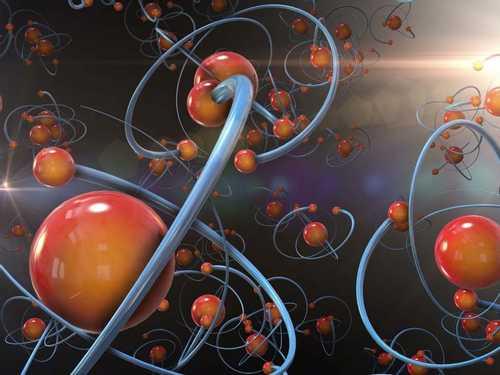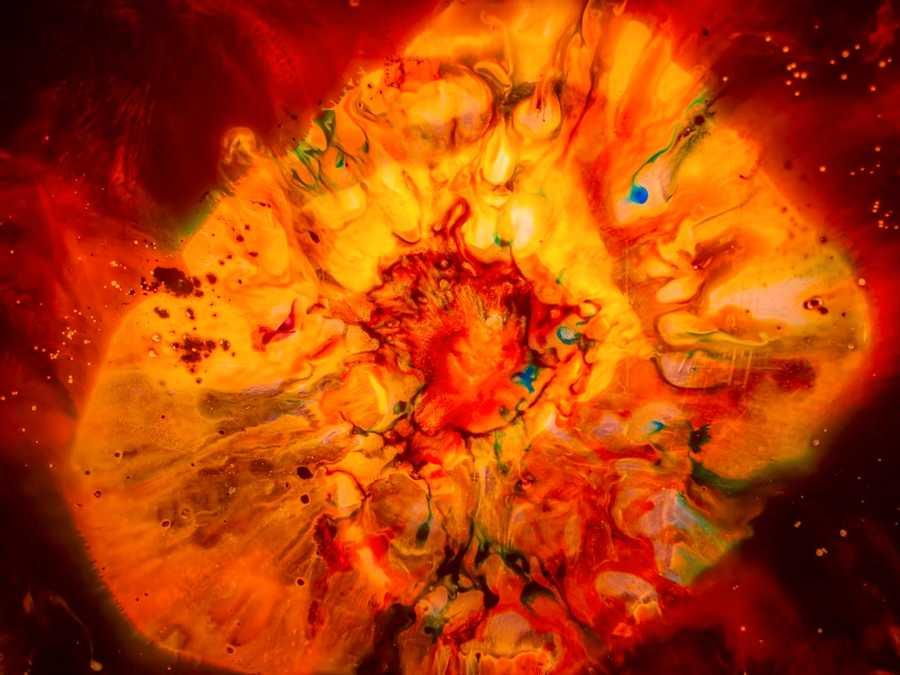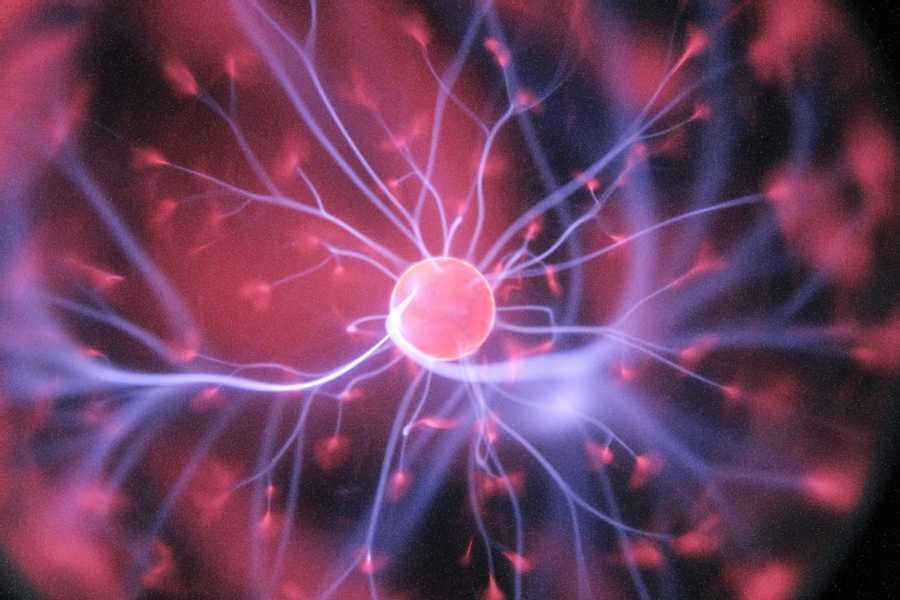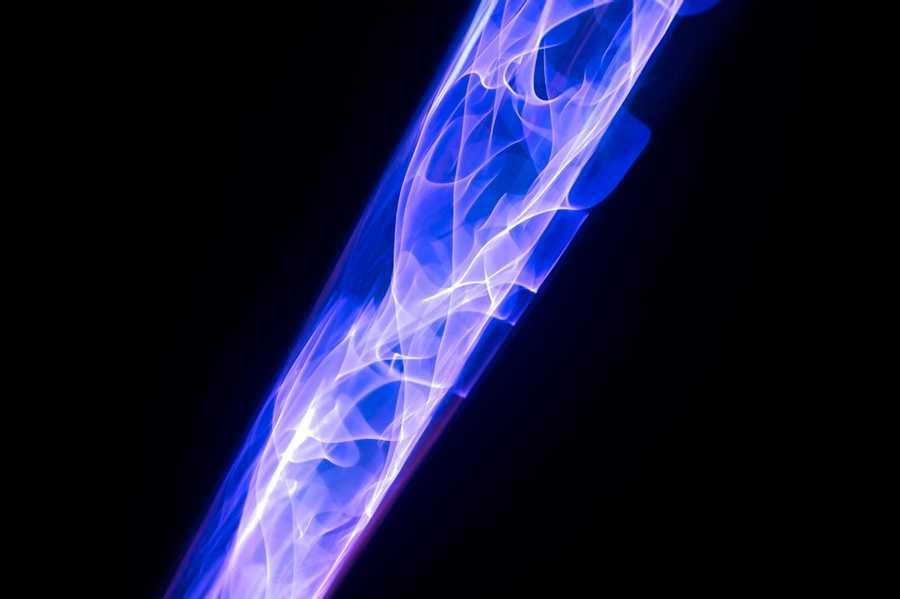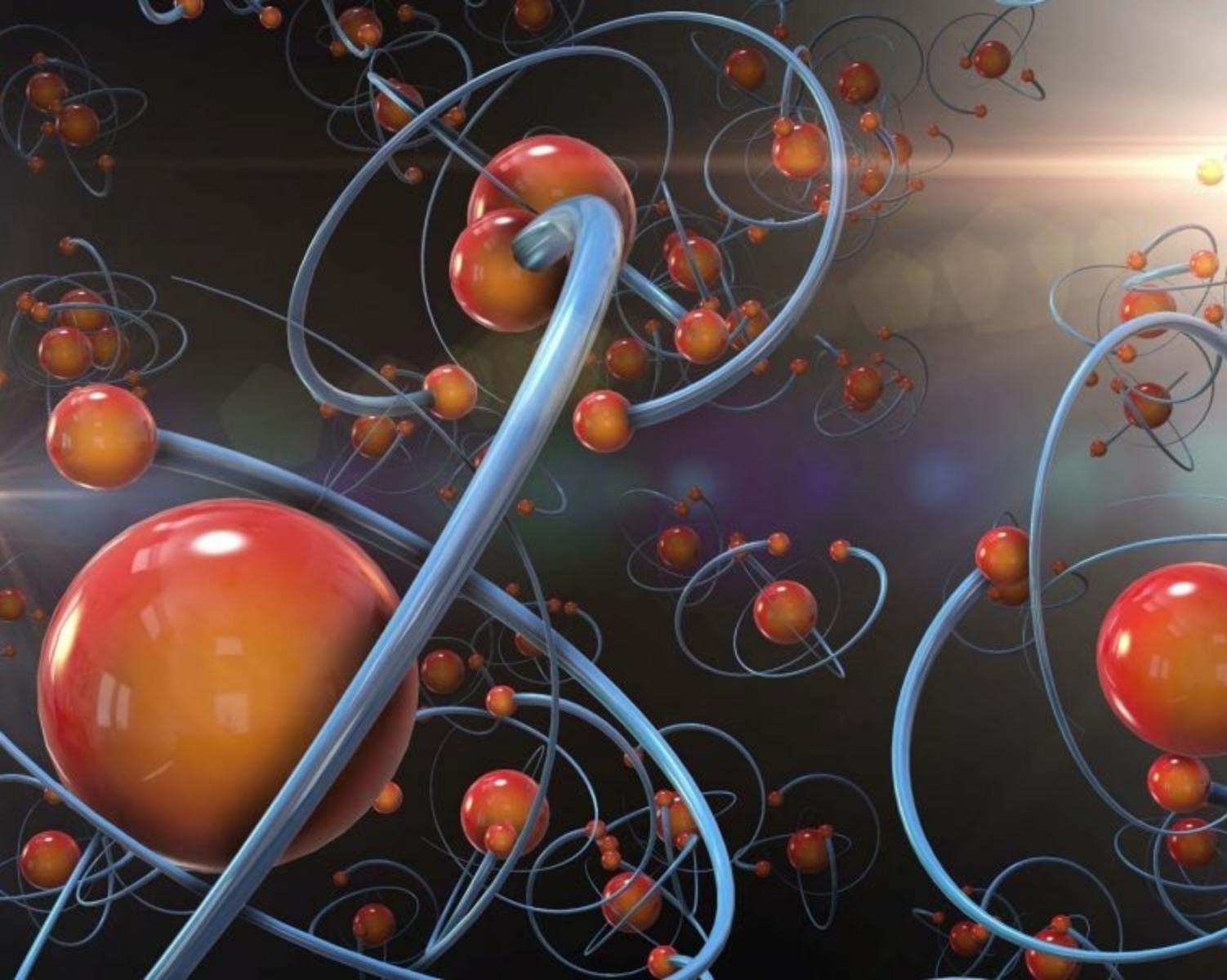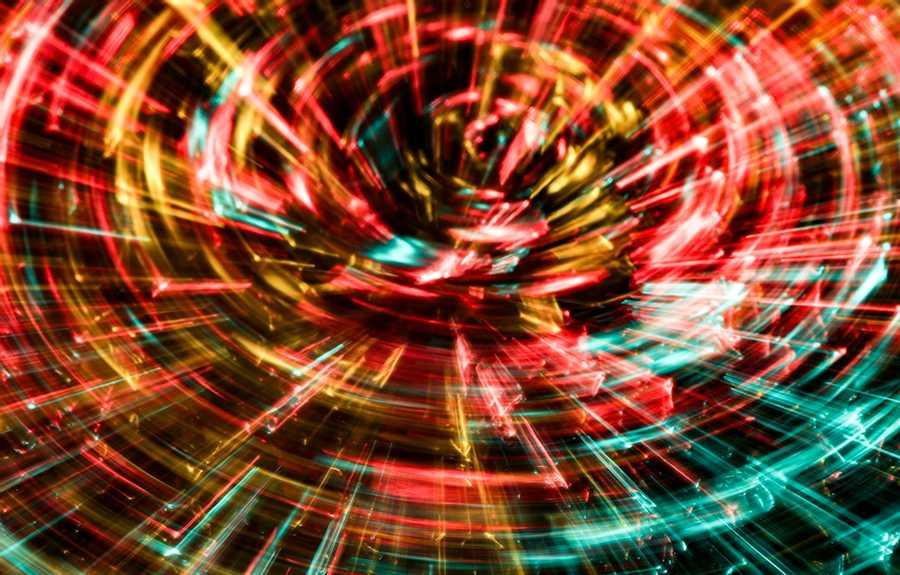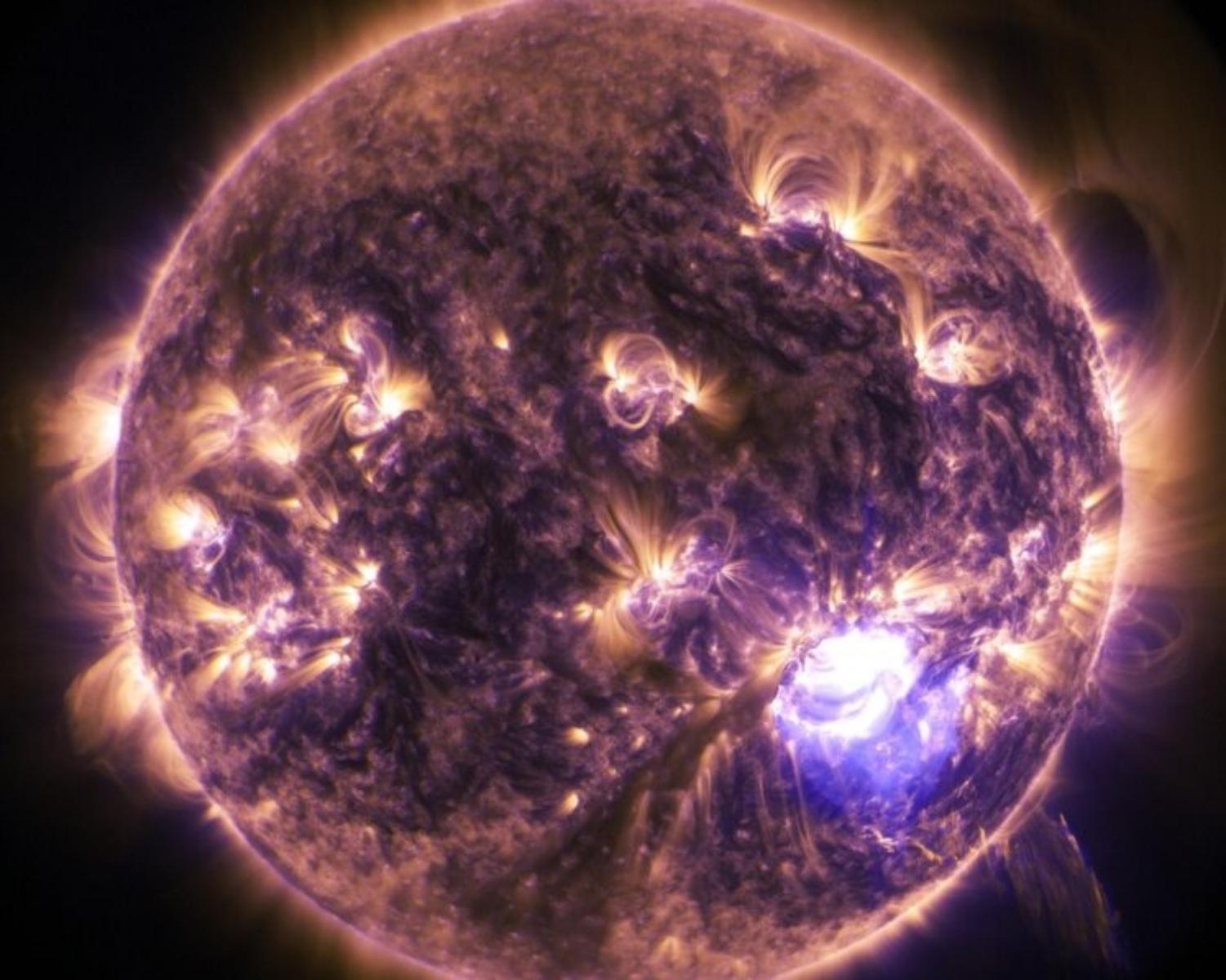Explore the World's Best Ideas
Join today and uncover 100+ curated journeys from 50+ topics. Unlock access to our mobile app with extensive features.
“Nature uses only the longest threads to weave her patterns, so that each small piece of her fabric reveals the organization of the entire tapestry.”
RICHARD FEYNMAN
24
290 reads
The Big Bang
Consider something unbelievably tiny, unbelievably dense, and incredibly hot. Then, suddenly, space, time, and all molecular matter burst in ways that no words can express. What is known is that the Universe expanded at an unfathomable rate in a fraction of a second. Some recognised subatomic particles and fundamental forces emerged as a result of this expansion. The Universe then began to cool drastically, to around 1 billion degrees Celsius, allowing energy and ultimately matter to emerge.
26
148 reads
Inflation
10e-36 seconds after The Big Bang
The universe expanded at an inconceivable speed, from far less than an atom to enormous size.
The fundamental forces: Gravity (the force that pulls everything together), Electromagnetism, weak, and strong interaction (the force that holds nuclei together) emerged.
Quantum fluctuations produce the microscopic 'wrinkles' in density that keep the universe from becoming completely uniform and homogeneous. This paved the path for subatomic particles like quarks to be formed.
24
135 reads
Building Block Of Matter
The expansion had relatively slowed down. Due to quantum fluctuations subatomic particle like quarks were formed which were the building blocks of protons and neutrons. Quarks and antiquarks formed and annihilated each other. The remaining quarks accounted for one billionth of the prior mass of quarks and antiquarks.
23
118 reads
Leptons
1 second after the Big Bang
Electron-positron pairs were created and annihilated, leaving 1/billionth the amount of electrons and positrons behind.
23
130 reads
Nuclei
10 seconds after The Big Bang
Quarks combined to generate protons and neutrons. Two up quarks and one down quark make up a proton, while one up quark and two down quarks make up a neutron.
As the universe cooled, these neutrons and protons combined further to form hydrogen and helium nuclei. The hydrogen nuclei contained only a single proton while helium nuclei was made up of two protons and two neutrons. Deuterium, Helium-3, and lithium-7 were also formed in trace amounts.
24
77 reads
Plasma
3 minutes after The Big Bang
The universe consisted of plasma (superheated state of ordinary matter) of nuclei, electrons, and photons; temperatures were too high for electrons to attach to the nuclei. Because photons of light were tangled up in these charged particles, they couldn't flow freely through the universe. Hence, the universe was utterly Dark.
24
75 reads
Atoms
3,77,000 years after The Big Bang
As the universe expanded, plasma grew cooler and cooler. The universe cooled down further to 3000 K, making it possible for the nuclei in the plasma to gain electrons and become full-fledged neutral Hydrogen and Helium atoms.
23
86 reads
Cosmic Microwave Background
3,80,000 years after the Big Bang
Photons of light tangled in the plasma could now move freely and were released. The universe became transparent for the first time. This is known as cosmic microwave background that we can see even today.
23
95 reads
Explore What's Next?
Formations of First Stars
https://bighistory.in/formation-of-stars-timeline/
24
100 reads
IDEAS CURATED BY
CURATOR'S NOTE
Threshold I: The Beginning
“
Big History 's ideas are part of this journey:
Learn more about scienceandnature with this collection
How to practice effectively
The importance of consistency
How to immerse yourself in the language
Related collections
Similar ideas
7 ideas
Formation of the First Stars
bighistory.in
2 ideas
What is an Atom?
livescience.com
12 ideas
Can light melt atoms into goo?
symmetrymagazine.org
Read & Learn
20x Faster
without
deepstash
with
deepstash
with
deepstash
Personalized microlearning
—
100+ Learning Journeys
—
Access to 200,000+ ideas
—
Access to the mobile app
—
Unlimited idea saving
—
—
Unlimited history
—
—
Unlimited listening to ideas
—
—
Downloading & offline access
—
—
Supercharge your mind with one idea per day
Enter your email and spend 1 minute every day to learn something new.
I agree to receive email updates
